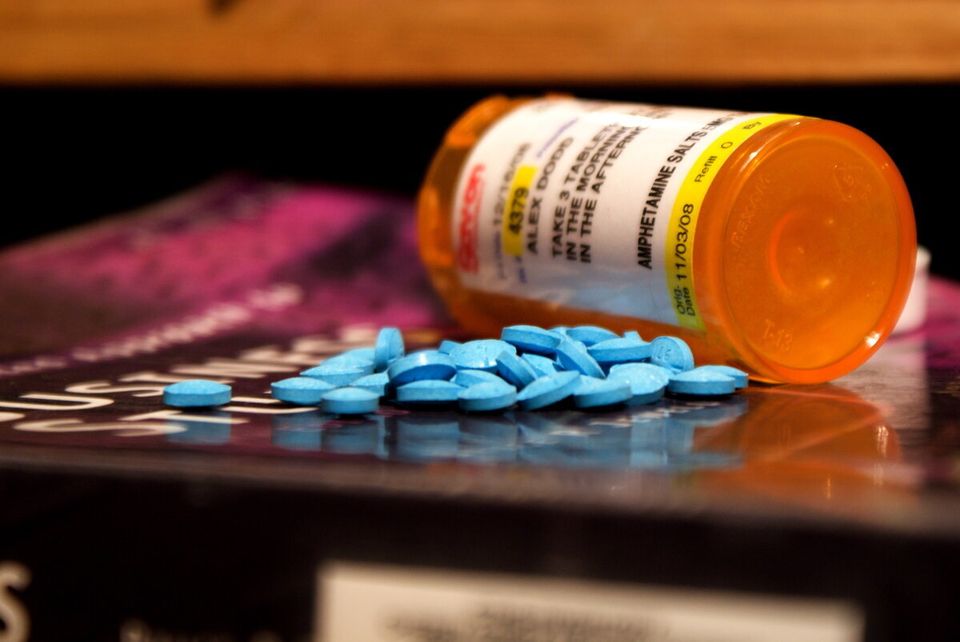
The Canadian Centre on Substance Abuse (CCSA) and its National Advisory Council on Drug Misuse recently released a national strategy: "First Do No Harm: Responding to Canada's Prescription Drug Crisis." The plan, which focuses on education, treatment, and multiple levels of prevention, could not have come sooner. National leadership on this issue is desperately needed. There is a prescription drug epidemic affecting the globe and Canada is at the centre of it.
A recent study by the International Narcotics Control Board (INCB) confirmed that global consumption of narcotics like codeine, morphine, oxycodone and fentanyl has skyrocketed in recent years. For example, global consumption of oxycodone alone has gone from next to nothing in the early 1990s, to 127 tons in 2011.
But the staggering "global" increase in opioid consumption is not quite as global as one might think. One region -- North America -- is much more impacted than others, and Canada has now surpassed the United States in per capita use. More shocking is the distance between Canada and third place Denmark. At 753 mg in oral morphine equivalents, we consume roughly 150 per cent more opioids annually per capita than they do according to an important analysis of INCB data conducted by the University of Wisconsin Drug Control and Access Consortium.
Surely, our ability to manage pain through pharmaceuticals has progressed by leaps and bounds. The advent of powerful new drugs has helped thousands manage sometimes debilitating pain and regain productive function. But along with this increased capacity to treat pain has come undesired side effects including addiction, dependency, and a growing death toll.
And so the story goes, far too many opioids are being consumed without patients and physicians understanding or assessing for the associated risks. Often too, the drugs are being passed from patient to patient, or diverted to the street.
The resulting population of addicted patients includes all sectors of society: from Canada's First Peoples to its most recent immigrants, from Bay Street lawyers to the impoverished of the inner city, from middle school students to soccer moms. Let us be clear: addiction is not a disease of society's margins, of the criminally inclined or of the morally destitute. Addiction to prescription drugs is a public health issue that affects all kinds of people and requires multiple sectors and stakeholders to work together in addressing a chronic, relapsing condition, not bad behaviour.
Past strategies like the expensive "War on Drugs" that heavily focused on "crime and punishment" ought to have been expected to fail, and have exacerbated the stigma and marginalization experienced by individuals and their families suffering from addiction.
In this regard, the CCSA and its National Advisory Committee should be commended for showing leadership. "First Do No Harm" offers a rare pan-Canadian view on a complex interprovincial and intersectoral problem, and a plan that seeks to prevent harm from prescription drugs, and to treat, rather than punish those with addiction.
But Canada needs more than a plan. We need action on the plan. We need concerted and deliberate efforts to de-stigmatize prescription drug addiction. We need to follow through on recommendations to create rapid, systematic, and ongoing information systems that track the geographics and demographics of pharmaceutical abuse (similar to the RADARS program in the U.S.). This would allow targeted investigation and response, including physician and pharmacist vigilance to identify addiction and to make appropriate referrals to treatment.
Clearly, we have a systemic prescription drug problem in Canada. The numbers paint a grim picture, and the opioid problem has counterparts in other classes of prescription drugs. "First Do No Harm" focuses not only on measures to prevent harmful prescribing, abuse, misuse, addiction and dependence, but also on improving access to effective and compassionate treatment. This is not a question of patching a few leaks in a creaky hull. We have a sinking boat that needs bailing as surely as it needs fixing, and we can wait no longer to right its course.
